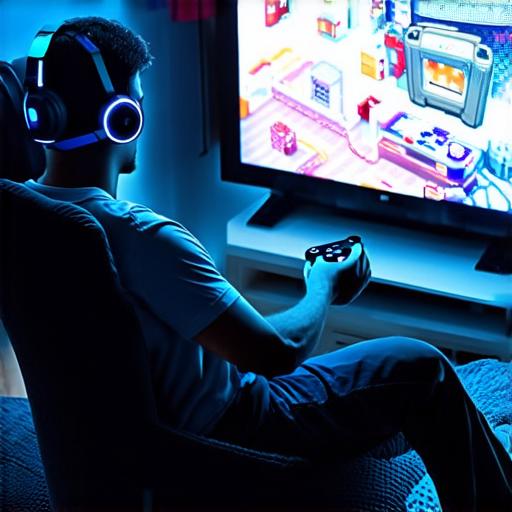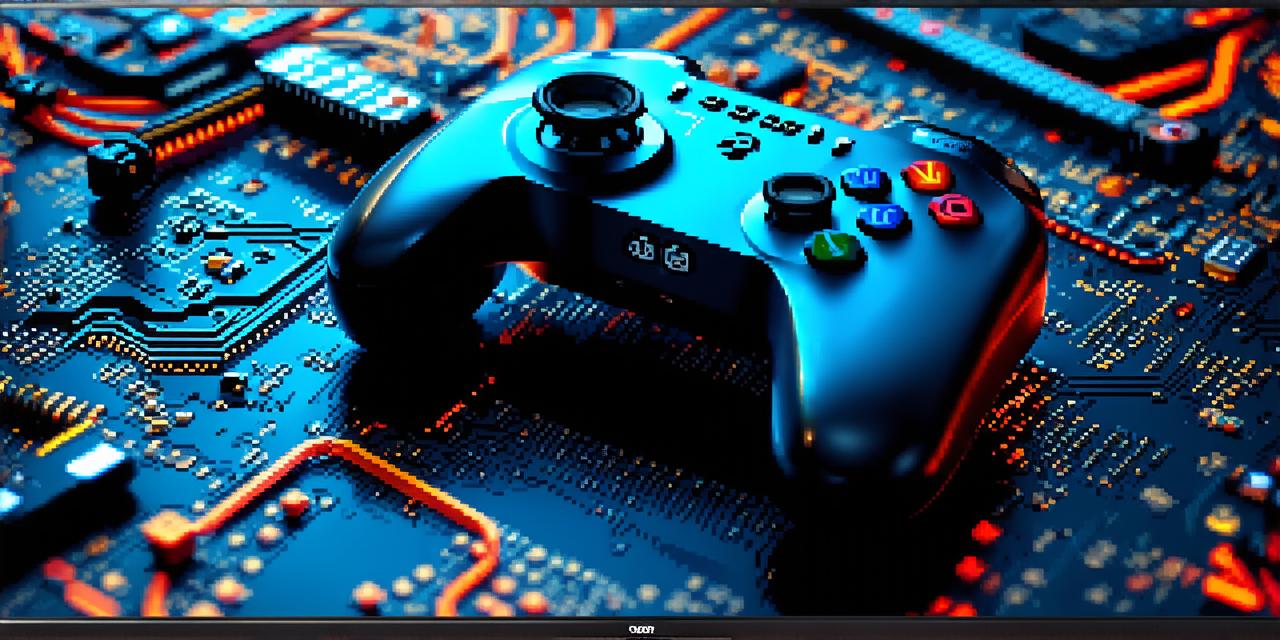As technology continues to advance, gamers are demanding more immersive and engaging gaming experiences. One of the most critical components of creating such an experience is ensuring that your game is optimized to fit the screen it’s being played on.
Introduction
The importance of optimizing your video game for your TV screen cannot be overstated. A poorly optimized game can lead to a subpar experience, with blurry graphics, lagging performance, and a general lack of immersion. On the other hand, a well-optimized game can create an incredibly engaging experience that keeps players coming back for more.
Understanding the basics of screen resolution
Before we dive into the specifics of optimizing your game, it’s important to understand the basics of screen resolution. Screen resolution refers to the number of pixels displayed on a screen and is measured in two dimensions: horizontal and vertical. The most common screen resolutions include 720p (1280 x 720), 1080p (1920 x 1080), and 4K (3840 x 2160).
Choosing the right aspect ratio
In addition to screen resolution, you’ll also need to choose the correct aspect ratio for your game. The aspect ratio is the relationship between the width and height of the screen, and there are several different aspect ratios to choose from, including 16:9, 4:3, and 2:3.
Optimizing graphics for the screen
Once you’ve chosen the right screen resolution and aspect ratio for your game, it’s time to optimize your graphics for the screen. This includes everything from reducing the number of pixels in your images to using the right type of compression techniques.
One of the most important factors to consider when optimizing your graphics is the frame rate. A high frame rate can help to reduce lag and create a smoother gaming experience, while a low frame rate can lead to blurry graphics and a general lack of immersion.

Designing for different devices
In addition to optimizing your graphics, you’ll also need to design your game specifically for different devices. This includes everything from mobile devices to consoles and PCs.
When designing for mobile devices, it’s important to keep in mind the smaller screen size and limited processing power. This means using simpler graphics, reducing the amount of detail in your game, and minimizing the number of special effects.
On the other hand, when designing for consoles and PCs, you can take advantage of the increased processing power and larger screen size to create more immersive and engaging gaming experiences. However, it’s still important to ensure that your game is optimized for the specific device it will be played on.
Best practices for testing and optimization
Once you’ve designed your game, it’s important to test it thoroughly on a variety of devices to ensure that it looks and performs as intended. This includes using tools such as profiling software to identify performance bottlenecks and optimize your code for better performance.
It’s also important to solicit feedback from your target audience and make adjustments based on their feedback. This can help you identify areas where your game needs improvement and ensure that it meets the needs of your players.
Summary
Optimizing your video game for your TV screen is critical to creating an engaging and immersive gaming experience. By understanding the basics of screen resolution and aspect ratio, optimizing your graphics for the screen, designing for different devices, and testing and optimizing your game thoroughly, you can create a game that looks and performs its best on every device.
FAQs
* What is the most common screen resolution?
The most common screen resolution is 1920 x 1080 (1080p).
* How do I choose the right aspect ratio for my game?
Choose an aspect ratio that best fits the screen resolution and the intended use case for your game. For example, if your game is designed to be played on a console with a 720p resolution, a 16:9 aspect ratio might be the best choice.
* What are some techniques for optimizing my graphics?
Some techniques for optimizing your graphics include reducing the number of polygons in your game, using lower-resolution textures, and minimizing the amount of processing power required to render your game.
* How do I test and optimize my game?
You can use profiling software to identify performance bottlenecks and optimize your code for better performance. It’s also important to solicit feedback from your target audience and make adjustments based on their feedback.
